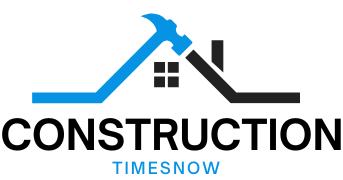Regional vs. Metro Property: Where Are Australians Buying in 2025? – Realty.com.au Blog

While the COVID-19 pandemic initially spurred a significant shift towards regional property markets in Australia, leading to substantial price and rent increases outside major cities, the landscape appears dynamic as we move towards 2025.
In the period between July 2020 and April 2022, regional home values surged by approximately 47.6%, a stronger growth rate than capital cities during that time. This was partly fueled by strong internal migration and buyers seeking more affordable housing. Some wider regional areas saw stronger growth, possibly due to affordability challenges in towns closer to major cities. Specific regional locations like Gympie, Byron Bay, Ballina, Orange, Medowie, and Nelson Bay experienced home value increases of over 60% during this peak regional growth phase. Geelong was noted as a popular regional market for property purchases in 2024. Government initiatives like the Regional First Home Buyer Guarantee (RFHBG) continue to support eligible buyers in regional areas. Over 67,000 Australians used the Home Guarantee Scheme to buy homes outside major urban centres, with nearly 30,000 specifically utilising the RFHBG. Regional markets also saw rents increase by over 40% since March 2020, outpacing the approximately 35.8% rise in capital cities.
However, recent trends indicate a potential shift back towards or increased activity in metro markets. By late 2024, PropTrack data showed a surge in homes for sale, giving buyers more options since before the pandemic. Total listings in Sydney, Melbourne, and Perth saw significant increases in December 2024 compared to the previous year. This rise in stock levels, particularly in Sydney and Melbourne, suggests these markets are edging towards conditions more favourable to buyers, potentially putting pressure on prices.
Despite previously having the lowest growth rate among capital cities since March 2020, Melbourne’s market is anticipated to experience moderate growth driven by population increases and infrastructure developments. Sydney’s market is expected to maintain robust demand due to factors like population growth and economic resilience. With demand potentially outpacing supply, Sydney is poised for persistent price growth. Even within Sydney, affordability constraints have pushed buyers towards areas with higher public housing ratios, which saw faster growth by 2024.
Brisbane is identified as an emerging hot market, bolstered by infrastructure projects and incentives for first-home buyers. Perth is also showing signs of recovery.
Factors beyond location type also influence buying decisions. High property prices in major cities contribute to the rise of multigenerational households. Buyers are increasingly viewing homes as sanctuaries, incorporating calming designs and sustainable materials. Property dealbreakers like noise, traffic, garbage, and graveyards remain significant factors. There is also a growing trend towards Build-to-Rent properties in urban hotspots like Melbourne, Sydney, and Brisbane, catering to renters who prioritise lifestyle and flexibility over ownership.
In summary, while regional areas saw a significant boom post-COVID and continue to attract buyers seeking affordability and lifestyle, metro markets like Sydney and Melbourne are showing signs of increased listings and potential shifts in dynamics in late 2024 leading into 2025. Emerging markets like Brisbane and Perth are also areas of focus. The decision of where to buy in 2025 is influenced by a complex interplay of affordability, supply and demand, evolving buyer preferences, and specific city/regional market conditions.









